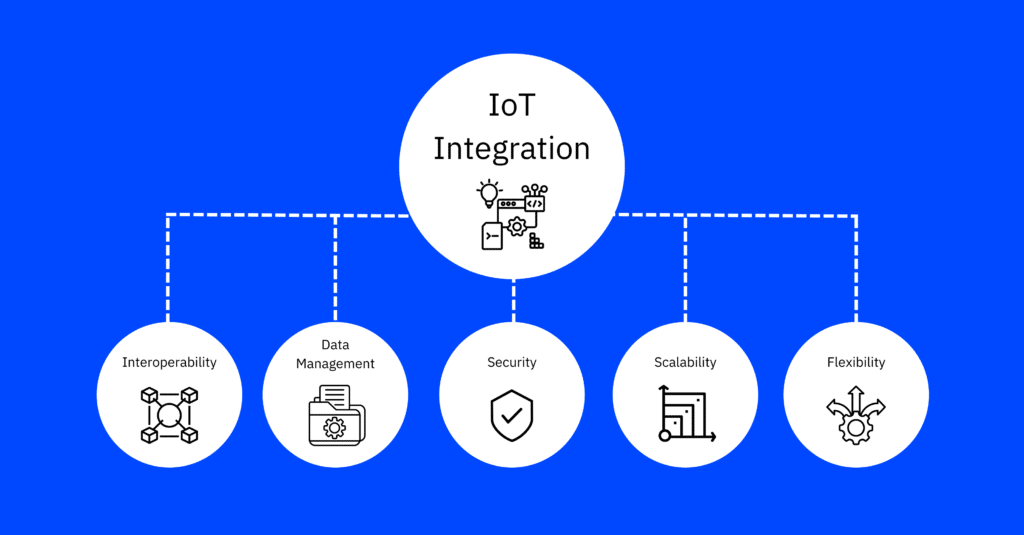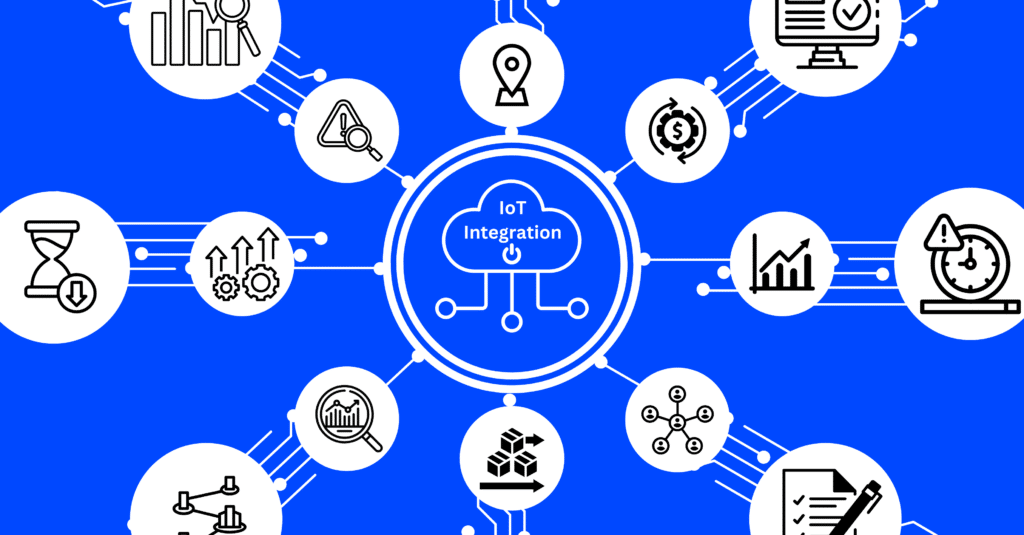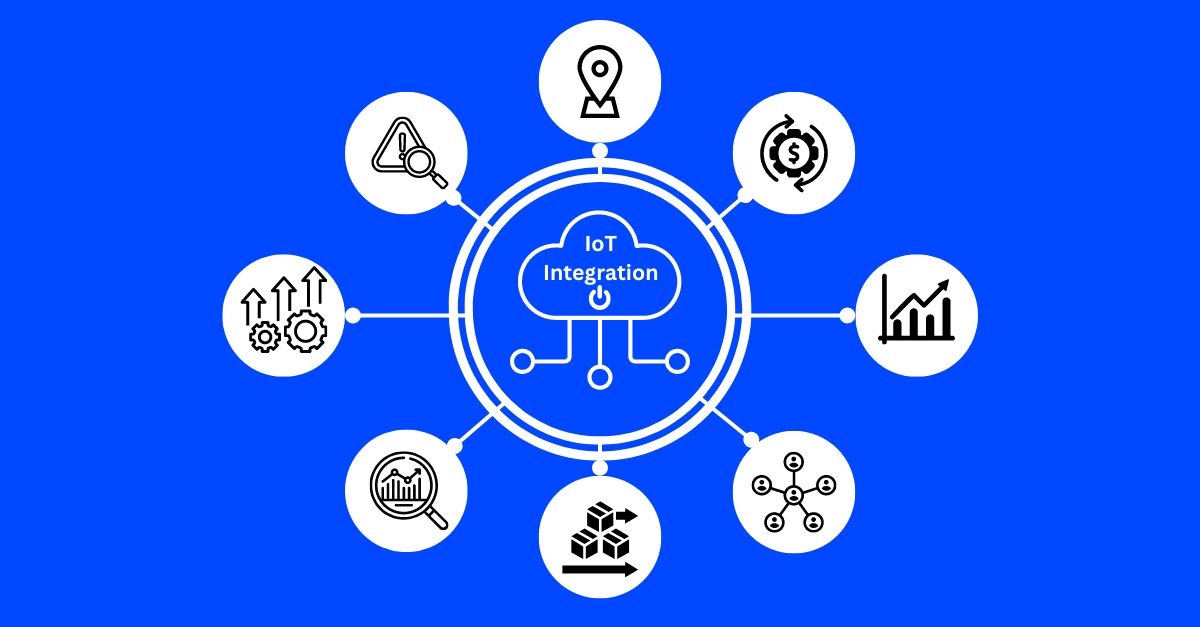The Internet of Things (IoT) has become a critical aspect of Industry 4.0 and digital transformation, with connected devices and systems enabling businesses to operate more efficiently, make smarter decisions, and offer better customer experiences.
The key to unlocking the full potential of IoT lies in IoT integration – the process of ingesting data from various beacons, smart devices, platforms, and applications for a unified view.
In this article, we will explore the process of IoT integration, common challenges, and the solutions that can help businesses overcome these obstacles and harness the power of unified data.
What IoT Integration Looks Like

IoT integration involves connecting a myriad of devices, collecting and analyzing data from them, and facilitating seamless communication and collaboration between these devices, systems, and platforms.
The benefits of successful IoT integration are significant: improved efficiency, better decision-making, and enhanced customer experiences. By linking devices and data sources together through IoT integration, businesses can gain insights that drive innovation, reduce costs, and optimize processes.
Common Challenges in IoT Integration
Interoperability and Compatibility
Integrating devices and systems from different manufacturers and with varying protocols can be a significant challenge in IoT integration. Proprietary standards and technologies often hinder seamless IoT integration, making it difficult for businesses to achieve smooth connectivity and data sharing.
Data Management and Security
The sheer volume of data generated by IoT devices can be overwhelming, and managing this data effectively is crucial for successful IoT integration. Additionally, concerns around data security, privacy, and compliance must be addressed to ensure the integrity and safety of IoT systems.
Solutions for Overcoming These Challenges
Open Standards and Platforms
The adoption of open standards and platforms can improve interoperability and compatibility, making it easier for businesses to achieve IoT integration. An example of an open standard that facilitates seamless IoT integration would be MQTT, or Message Queuing Telemetry Transport.
Robust Data Management and Security Practices
Strong data management and security policies are essential for protecting IoT data and ensuring compliance within IoT integration. Best practices and tools for data protection include encryption, access controls, and regular security audits.
Scalable and Flexible IoT Architectures
Cloud-based or hybrid IoT architectures provide scalability and flexibility, allowing businesses to adapt to changing needs and requirements within their IoT integration strategy.
The Power of Unified Data in IoT Integration

Ingesting data from various beacons, smart devices, platforms, and applications for a unified view is critical for businesses to fully realize the benefits of IoT integration. A unified data view leads to better insights, more informed decision-making, and improved overall business performance.
Success stories of businesses that leveraged unified data views to drive growth and innovation within their IoT integration initiatives include Rolls-Royce’s use of IoT data to optimize engine maintenance and Johnson Controls’ implementation of IoT for smart building management.
Conclusion
IoT integration presents challenges, but with the right tools and strategies, businesses can overcome these obstacles and unlock the power of unified data. By embracing IoT integration, adopting open standards and platforms, implementing robust data management and security practices, and investing in scalable and flexible IoT architectures, businesses can harness the power of IoT to drive growth, innovation, and digital transformation.

